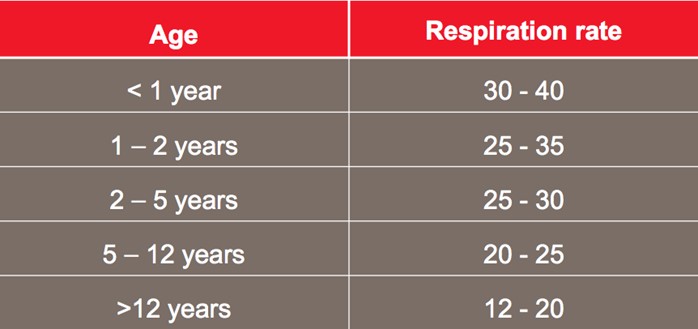The nurse leading a care team on a medical surgical unit is assigning client care to a practical nurse (PN) and an unlicensed assistive personnel (UAP). Which task should the nurse delegate to the PN?
Begin initial sterile wound care for surgical clients.
Validate prescribed intravenous flow rates.
Determine the need for urinary catheterizations.
Receive a postoperative client and conduct the assessment.
The Correct Answer is B
Choice A Reason: Beginning initial sterile wound care for surgical clients is a nursing intervention that requires clinical judgment and cannot be delegated to the PN. The PN may assist with wound care after the initial dressing change, but the RN is responsible for assessing the wound and initiating the plan of care.
Choice B Reason: Validating prescribed intravenous flow rates is a routine task that does not require clinical judgment and can be delegated to the PN. The PN has the knowledge and skill to check the IV orders, calculate the drip rate, and monitor the infusion.
Choice C Reason: Determining the need for urinary catheterizations is a nursing assessment that requires clinical judgment and cannot be delegated to the PN. The PN may perform urinary catheterizations as ordered by the physician, but the RN is responsible for evaluating the indication, risk, and benefit of the procedure.
Choice D Reason: Receiving a postoperative client and conducting the assessment is a nursing intervention that requires clinical judgment and cannot be delegated to the PN. The RN is responsible for receiving reports from the operating room, assessing the client's status, identifying potential complications, and initiating the plan of care.
Nursing Test Bank
Naxlex Comprehensive Predictor Exams
Related Questions
Correct Answer is B
Explanation
Choice A Reason: The initial administration of the analgesic is not an intervention that the charge nurse should counsel the nurse about. The opioid analgesic was prescribed by the healthcare provider and was appropriate for the postoperative pain management of the client.
Choice B Reason: The decision regarding when to call the healthcare provider is an intervention that the charge nurse should counsel the nurse about. The nurse should have called the healthcare provider as soon as the client's
respiratory rate decreased to 6 breaths/minute, which is a sign of opioid-induced respiratory depression. Waiting for another 30 minutes until the respiratory rate decreased to 4 breaths/minute could have put the client at risk of hypoxia, brain damage, or death.
Choice C Reason: The documentation of the client's respiratory rate is not an intervention that the charge nurse should counsel the nurse about. The nurse documented the client's respiratory rate accurately and timely, which is part of the standard of care and legal responsibility of the nurse.
Choice D Reason: The administration of naloxone via IV is not an intervention that the charge nurse should counsel the nurse about. Naloxone is an opioid antagonist that reverses the effects of opioids and restores normal respiration. Administering naloxone via IV is the fastest and most effective way to treat opioid-induced respiratory depression.

Correct Answer is D
Explanation
Choice A Reason: Choosing to send another nurse who is more receptive is not a good option, as it may create
resentment and conflict among the staff. The older nurse may feel discriminated against or excluded, and the other nurse may feel burdened or pressured. The nurse manager should try to engage and motivate the older nurse to attend the in-service session, as it is important for her professional development and patient safety.
Choice B Reason: Asking the nurse why she thinks there is no need for an in-service program about these emergencies may sound confrontational or accusatory and may put the nurse on the defensive. The nurse manager should avoid making assumptions or judgments about the nurse's attitude or beliefs, and instead try to understand her perspective and address any barriers or misconceptions.
Choice C Reason: Informing the older nurse that inservice is not optional and her scheduled attendance is mandatory may be true, but it may also sound authoritarian or coercive, and may undermine the nurse's autonomy or dignity. The nurse-manager should avoid using threats or ultimatums, and instead try to explain the rationale and benefits of the inservice session, and solicit the nurse's input or feedback.
Choice D Reason: Encouraging the nurse to share her concerns and discuss ways to prepare for such emergencies is the best option, as it shows respect and empathy for the nurse, and fosters a collaborative and supportive
relationship. The nurse-manager should use active listening and open-ended questions, and provide relevant information and resources to help the nurse overcome her fears or doubts, and enhance her confidence and competence.
Whether you are a student looking to ace your exams or a practicing nurse seeking to enhance your expertise , our nursing education contents will empower you with the confidence and competence to make a difference in the lives of patients and become a respected leader in the healthcare field.
Visit Naxlex, invest in your future and unlock endless possibilities with our unparalleled nursing education contents today
Report Wrong Answer on the Current Question
Do you disagree with the answer? If yes, what is your expected answer? Explain.
Kindly be descriptive with the issue you are facing.
